Ivy is the most common species that is directly related to the genus ivy, the Araliaceae family. It occurs naturally in deciduous forests of Southeast Asia and Southern Europe.
This evergreen plant can be creeping or climbing. It has branching stems and many aerial roots. In nature, its height can reach 30 meters. The alternately arranged leaves with long petioles have 3 to 5 lobes. Leathery glossy leaves have a heart-shaped base, and they are colored dark green with pale veins. Small green-yellow flowers with protruding stamens are not particularly beautiful. They are collected in racemose umbrella-shaped inflorescences. Black, round fruits are formed. This berry is similar in size to a pea.
This plant has more than a hundred different varieties. Among themselves, they differ in size, color, foliage shape. So, there are forms with yellowish or spotted leaves, with whitish edges, in the shape of a star, with corrugated edges, etc.
Content
Common ivy care at home
Common ivy is very hardy, not capricious and does not require special conditions of detention. That is why he has gained immense popularity among flower growers. This plant can become a real decoration of any office or apartment.
Illumination
Cultivars with completely green leaves can be kept both in bright diffused light and in partial shade. So, to place them, you can choose a north-facing window or put them in the back of the room. Variegated forms need a lot of light, which must be bright and diffused. It is recommended to place such ivy near east or west windows. It should be noted that none of this kind of plants can tolerate the direct rays of the sun.
Temperature regime
In warm weather, vines require moderate temperatures from 18 to 20 degrees. In winter, the plant must be rearranged to a cool place (from 10 to 15 degrees). In this case, you should know that the vine is able to calmly withstand a temperature drop of up to 5 degrees, but it should be short-lived.
How to water
Needs abundant watering. So, during intensive growth, in no case should the earthen coma be allowed to dry out. It is recommended to constantly keep the soil in a slightly damp state (but at the same time it should not be wet).Overflowing is just as harmful as overdrying the soil.
For irrigation, settled water is used, which does not contain lime and chlorine.
Humidity
Needs high humidity. To increase it, the vine must be moistened as often as possible from a sprayer, especially during a warm winter. A not very large plant can sometimes be given a warm shower, thereby not only refreshing the foliage, but also cleaning it of accumulated dirt.
Earth mix
This ivy does not have any special requirements for the soil mixture. The main thing to consider is that the soil should be light and rich in nutrients. For planting, you can buy ready-made universal soil, but any baking powder should be added to it: coarse sand, peat or perlite.
Top dressing
Top dressing is carried out during intensive growth 2 times a month. For this, a complex fertilizer for decorative deciduous plants is used. In winter, fertilizers cannot be applied to the soil.
Transplant features
Young plants are subjected to an annual transplantation procedure, while pots are taken that are slightly larger than the previous ones. Experienced flower growers recommend transferring the vine from pot to pot so as not to damage its numerous thin roots. In large specimens, the upper layer of the substrate is changed once a year. It must be remembered that after replanting or replacing the top layer of the soil, the trunk must necessarily remain at the same level relative to the ground (not buried).
Pruning
No pruning is necessary. However, you can pinch the stems to increase branching, and also shorten the shoots without leaves.
It is recommended to systematically subject the plant to deep pruning, which contributes to its rejuvenation, as it grows very quickly, losing its spectacular appearance.
Accommodation features
Looks great in hanging pots as an ampelous plant. Also, the vine can be fixed above the window opening or along the wall, using a cord for this. Many growers recommend growing common ivy on vertical supports. To do this, you can make special lattice walls or put not very thick tubes of coconut fiber.
Reproduction methods
For propagation of this plant, both cuttings and cuttings can be used. For cuttings, you need to cut off the top of the stem. They should be about 10 centimeters long. For rooting, use a glass filled with clean water, or plant them in the soil.
It is somewhat more difficult to propagate by layering. To do this, next to the mother plant, you need to put a small pot filled with earth. Din from the stems is added to it, but before that, cuts are made on its surface near the nodes.
Pests
Pest insects are rarely seen on ivy. However, if the room containing this vine is too hot and too low humidity, then they can settle spider mites... If they are found, it is necessary to arrange a hot shower for the plant. If this cannot completely get rid of pests, then the plant will need to be treated with Aktellik.
Scabbards, aphids or thrips can also settle on ivy.
Diseases
Most often, common ivy gets sick as a result of a violation of the rules of care. It can also become infected with spotted foliage. So, purple, brownish or yellow-gray spots will appear on the leaves. In a short time they greatly increase in size and, as a result, merge with each other. Then the foliage turns black and dies off. This can cause the death of the vine.

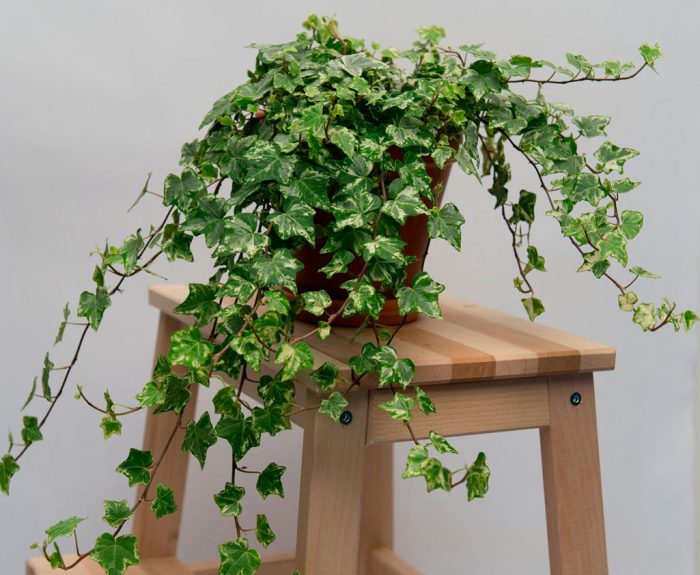

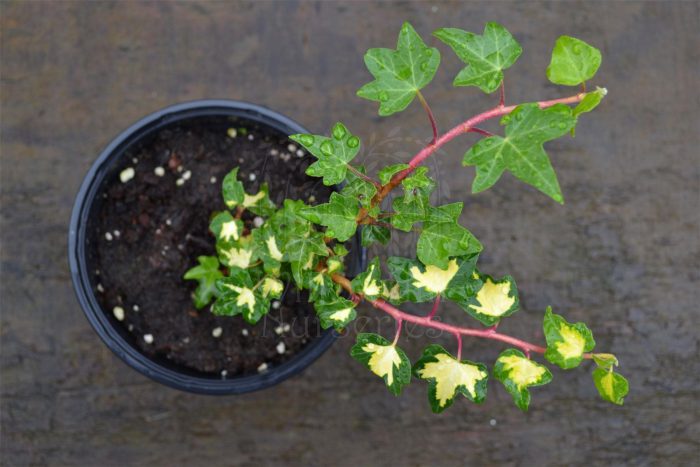
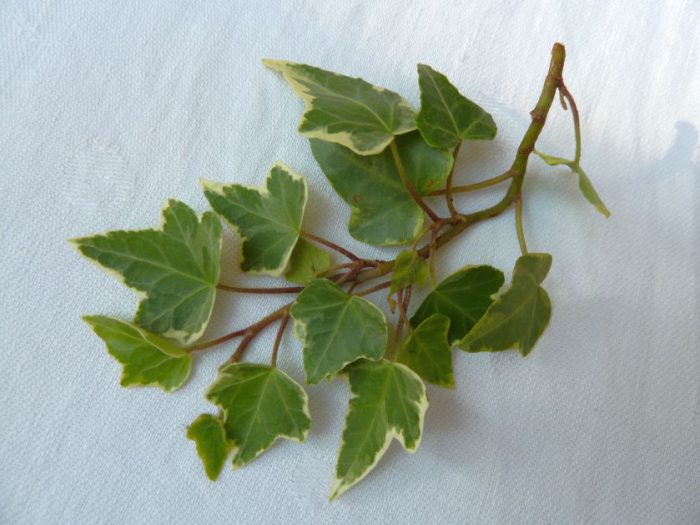
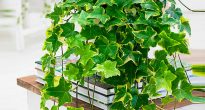
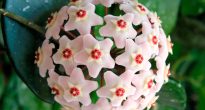

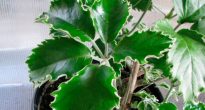
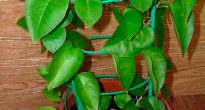
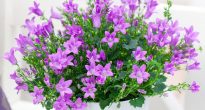
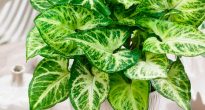
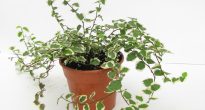


we keep the hndera on the street all year round.At first they tried to bring it indoors for the winter, but the plants survived badly, got sick, dried out ... conducted an experiment (the first time they accidentally planted it out and forgot it under the bushes and found it alive and well in two years !!!, and we live in the Moscow region !!!) leaving plants on the street digging pots into the compost heap up to the throat ... the plants are left lying on top without shelter. winters perfectly. in the spring it quickly starts to grow and grows from each bosom with new shoots. so if you want to have unusual pots with huge ivy beards in the country, leave them to winter outside ...